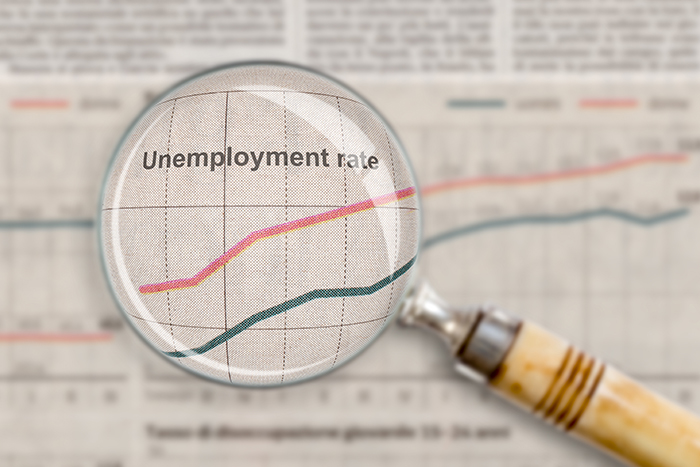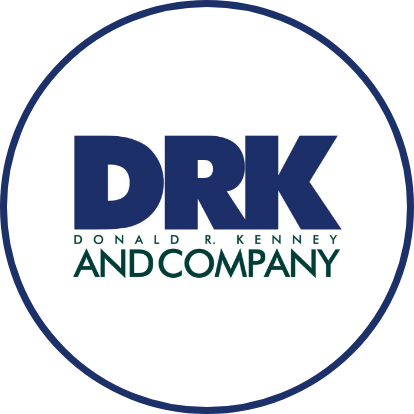After less-than-spectacular hiring figures in June, the release of the Bureau of Labor Statistics’ July 2021 jobs report has provided business communities in cities and towns across the United States with a bit of much-needed reassurance.

And while the economic ramifications of recent Delta Variant-fueled upticks in COVID-19 transmission remain uncertain, July’s hiring resurgence should be read as an economic vote of confidence from American consumers and business owners.
But there’s always a “but”.
Even as overall hiring surged, a historic labor shortfall continues.
As the worker shortage trudged on into June and July, concerns about the impact of expanded unemployment benefits on labor force participation led 26 states to opt-out of the Federal pandemic unemployment insurance expansion by late July.
Many small businesses owners had hoped reducing unemployment benefits would spur a mass return of low-wage workers. Preliminary data, however, have not borne this hypothesis out. If anything, it seems the opposite may be occurring. In states that retained expanded unemployment benefits, employment rose by 2.3%; in states that opted out, employment declined by 0.9%. While correlation isn’t necessarily causation, for now at least, reducing unemployment benefits has not produced the hiring boost that managers had hoped for.
At the same time, for small businesses in particular, the gulf between labor supply and demand has only grown.
According to the National Federation of Independent Businesses Small Business Optimism Index, business owner confidence in the American economy increased by about three percent in June. This even as more than nearly 90% of all small businesses currently hiring or trying to hire reported receiving “few or no ‘qualified’ applicants” for open postings. Equally concerning, in July, a staggering 49% of all small businesses interviewed were unable to fill one or more job openings—an all-time record.
There is no one-size-fits-all solution to the present labor shortage in America. However, as we analyze recent workforce trends, the DRK team has put together some of our recommendations for thriving in the current labor market.
Attracting and Retaining Talent: Signaling to the right candidates
Over the last 16 months, how many times have we thought to ourselves, “I just want things to get back to normal”?
In the abject weirdness that is the post-2020 cultural, political and economic climate, it can be all too easy to romanticize the “before times”. If we take off our COVID goggles, however, it’s worth remembering that even in 2019, the hiring process—and the labor market more broadly—weren’t all sunshine and rainbows.
In May of 2019, the Harvard Business Review published an article by Professor Peter Cappelli, Director of the Center for Human Resources at the Wharton School.
“Businesses have never done as much hiring as they do today,” Cappelli writes.
“They’ve never spent as much money doing it. And they’ve never done a worse job of it.“
The essay’s straightforward title is the crux of Cappelli’s argument: Your Approach to Hiring Is All Wrong: Outsourcing and algorithms won’t get you the people you need.
The digital tools that businesses large and small utilize to recruit employees are flawed at best. Whatever digital know-how we gained in quarantine, it seems remote hiring has only reinforced firms’ reliance on ineffective or outright discriminatory software programs.
Even in the depths of pandemic hiring shortfalls, some employers did notice a significant silver lining. Even as their gross applicant pools shrank, many business owners and hiring managers found that the applications they did receive were stronger. This is in line with the quality-over-quantity philosophy increasingly endorsed by major job search services.
DON’T EXPECT TOO MUCH TOO SOON

Even if the perfect candidate is out there, don’t count on them to show up. Instead, the key is to have realistic, reasonable expectations: understand you will often need to teach new hires most of the skills you wish they already knew, and that this will not always run smoothly.
It’s true: onboarding and training new employees costs money. The opportunity cost of “waiting for a unicorn”, however, can be at least as high—and arguably even higher.
Employers wary of hiring the wrong people can try hiring applicants on a contract basis for a limited trial period. If they work well and contribute to the team, transition them to a long-term role in the company.
WEAR YOUR HEART ON YOUR SLEEVE
Small, local businesses will always be hard-pressed to compete with modern megacorporate goliaths on price and scale alone.
What goliaths gain in sheer economies of scale they lose in humanity and flexibility. Despite carefully (if not always successfully) manicured public images, large firms from tech to food services to architecture to healthcare are inherently hierarchical and bureaucratic.
Covering the firm’s astronomical operational overhead means appealing to the lowest common denominator. In other words, big companies become inoffensive by necessity. While some workers will thrive in such an environment, it’s certainly not for everyone.
Like local real estate brokerages, local firms live and die on the strength of their relationships. Not only business-client relationships but also principal-agent. Borrowing a quote I saw on a chocolate wrapper: “your vibe attracts your tribe”, so make sure your business’s persona and culture reflect your own priorities and values authentically.
BECOME A BETTER LISTENER
A business is an idea and a place. A vibrant business is both a compelling idea and an appealing physical location. Ask yourself: does your business satisfy both criteria today? And even if you believe it does, how can you signal this to prospective hires?
For better or worse, even as brick-and-mortar offices reopen, remote work—and especially “hybrid” work—isn’t going anywhere anytime soon. Recruiting managers will have to learn how to navigate this tectonic shift with the rest of us.
Last October, as stay-at-home mandates eased, a Deloitte survey of 3,000 office workers found that while half of employees aged 55 and up had returned to the office at least part-time, two-thirds of workers 35 and under wanted to keep working remotely. In the months since, it seems that generational gap has only widened.
In June, the Conference Board found strong divides not only along generational lines, but also by gender and seniority level. While only 18% of CEOs questioned the wisdom or necessity of returning to the office, 56% of lower-level employees did; 50% of women vs 33% of men; 55% of Millennials vs. 36% of Baby Boomers.
While more senior workers see the benefits of in-person collaboration as self-evident, executives and managers are now in the unexpected position of having to justify in-person work. Younger, lower-level, and female workers have sent a strong signal to managers and bosses in offices around the country. Even if we believe that remote holdouts’ resistance to in-person work is misguided, we need to understand that our pre-pandemic offices were not working for entire swaths of the workforce. Perhaps now more than ever before, employers must take employee dissatisfaction seriously.
Now, let’s be crystal clear: not every company is right for everybody, not everybody is suited for every role, and most offices will never offer the comfort of your own home. But when remote work raises employee productivity by 5% or even as much as 47%, as recent analyses have found, we need to take a hard look at our own workplaces and ask: why?
What about the pre-pandemic office was holding those employees back?

BE WHERE YOU WANT TO WORK
This can take any number of forms. Raising employee salaries isn’t a panacea by any means, but it can be a critical part of the solution. Perhaps it means sweetening the deal with a more comprehensive benefits package. Maybe it’s time to consider updating, redesigning or rethinking your company’s offices. While not every office can (or should) have nap pods, beanbag chairs and juice bars, you owe it to yourself and your team to have a work environment that facilitates productivity. Employee happiness is an investment
Or maybe it’s time to look for a new office location. Whatever the case may be for your firm, the key is to stay true to your and your business’s core values.
If your business is considering relocation in Columbus, Ohio, let's get in touch. We know Central Ohio CRE. Whether it’s at one of our own properties or elsewhere in the region, the commercial real estate pros at DRK are ready to help you select the best site for your business.
Until next time,

